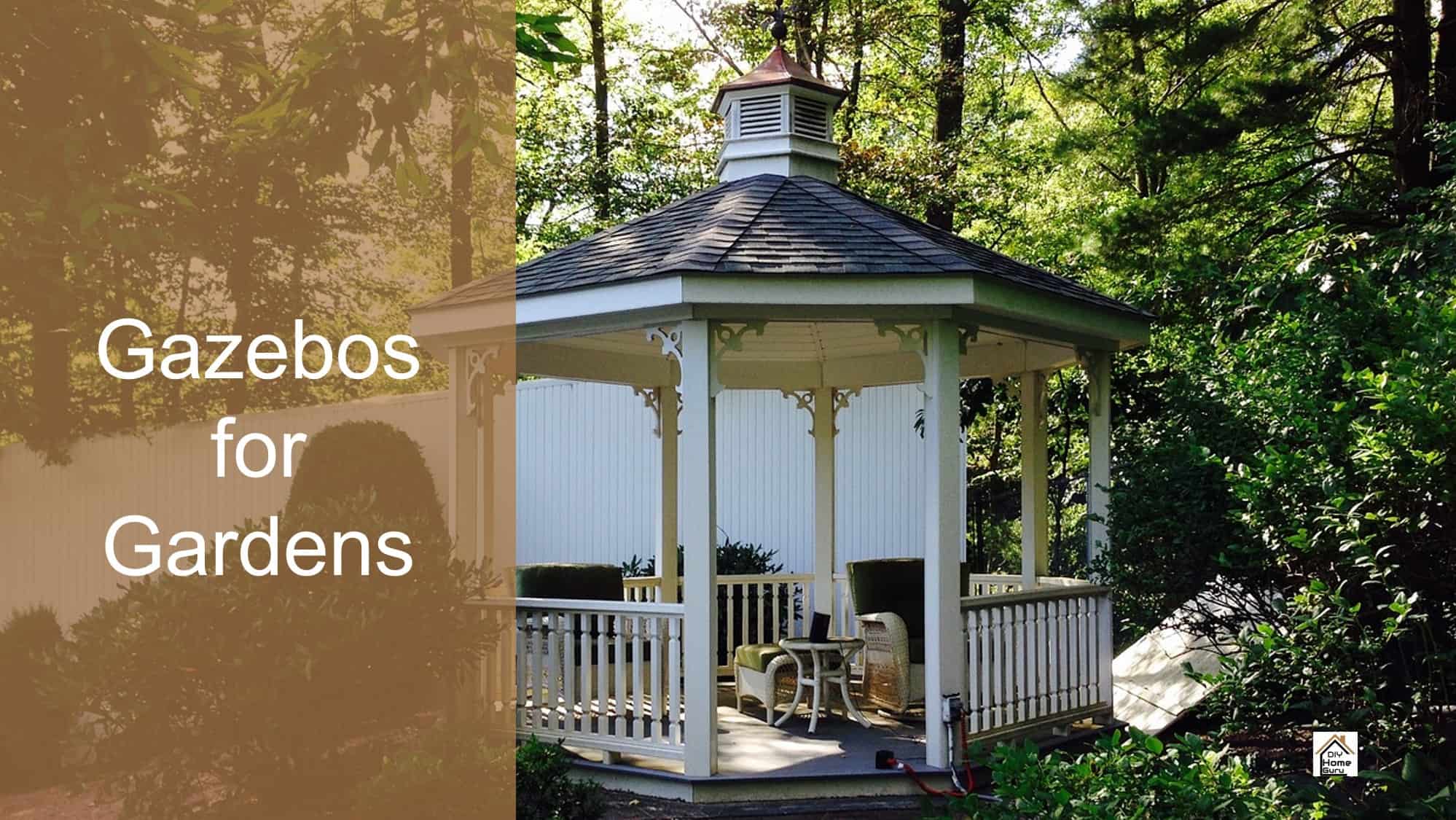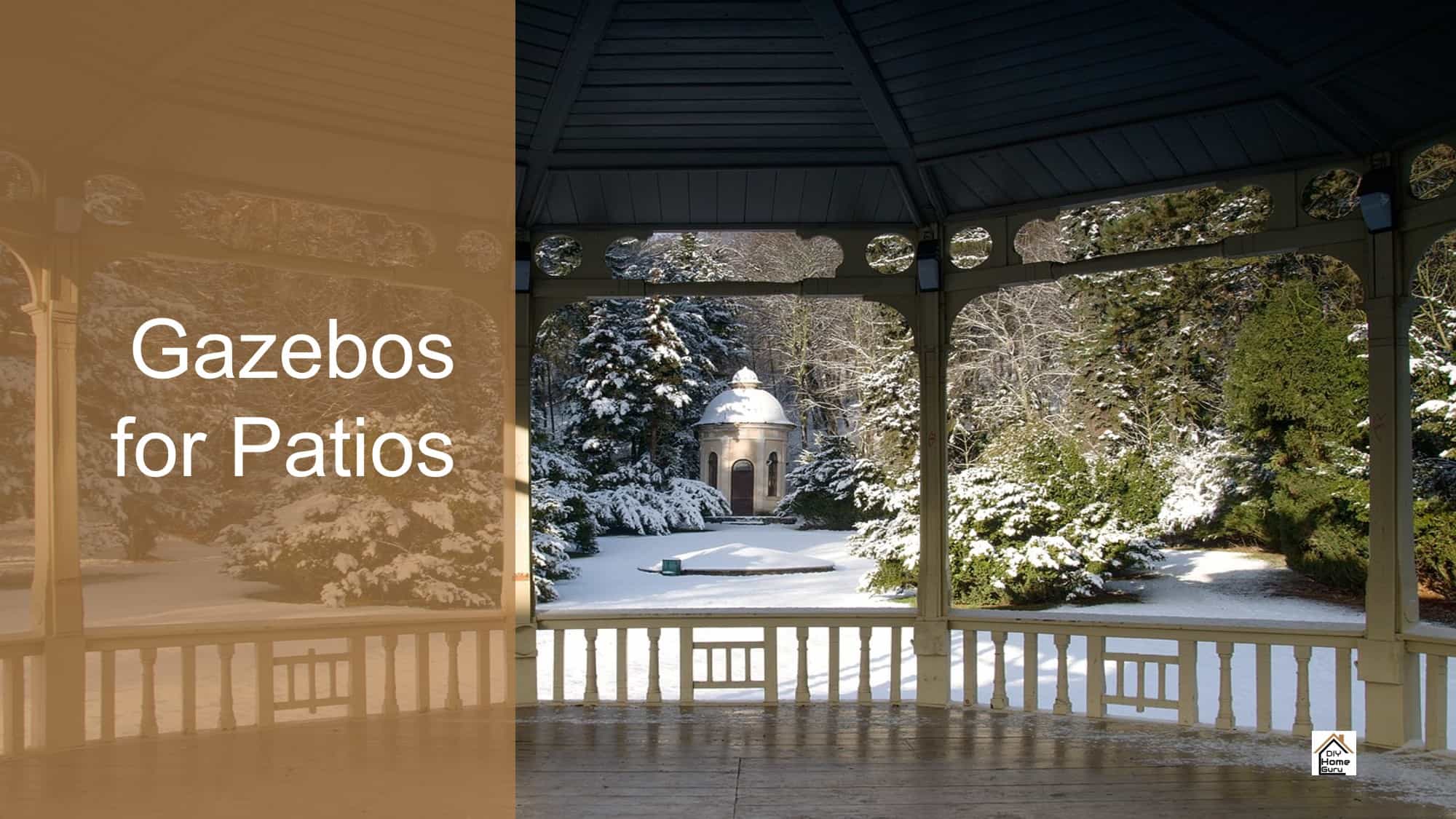Whether you’re looking to create a relaxing outdoor space, offer shade, or add a touch of elegance to your garden, gazebos can be an excellent addition to a home.
However, before you set out to erect one, knowing the UK regulations surrounding planning permissions is crucial.
Let’s demystify the guidelines and help you determine if your gazebo project needs an official go-ahead.
1. Understanding ‘Permitted Development Rights:
In the UK, homeowners often have ‘permitted development rights’ for their property, meaning they can undertake specific building work without needing planning permission.
The good news is that most standalone garden structures, including gazebos, fall under this category. However, there are conditions and limits.
2. General Guidelines:
The following are broad guidelines to consider:
- Height Restrictions: The overall height of the gazebo should not exceed 2.5 metres if it’s within two metres of a boundary. If it’s more than two metres away from any boundary, the maximum height can be up to four metres with a dual-pitched roof or three metres for any other type of roof.
- Ground Area: The gazebo (along with other outbuildings) should not cover more than half the land area around the “original house”. Note: The term ‘original house’ refers to the property as it stood on 1 July 1948 or as it was built if it was constructed after this date.
- Placement: The gazebo should not be located on land forward of a wall forming the principal elevation of the house. This typically means it should not be placed in the front yard.
- Designated Land Restrictions: If your property is on designated land, which includes national parks, Areas of Outstanding Natural Beauty, World Heritage Sites, and conservation areas, there are additional restrictions. On designated land, you’ll need planning permission for any outbuilding.
3. Consider Listed Buildings:
If your property is a listed building, you will require listed building consent for any structure, including a gazebo, regardless of its size or location on the property.
4. Building Regulations:
Remember, planning permission and building regulations are different things. Most gazebos will be exempt from building regulations unless they’re intended for sleeping in.
However, it’s always a good idea to check with your local council to ensure you meet any additional requirements.
5. Always Check with Your Local Authority:
While these guidelines offer a general overview, individual circumstances and local policies can vary. Always consult with your local planning department to get advice tailored to your specific situation.
In Conclusion:
While many gazebo projects may fall under ‘permitted development’, it’s essential to be familiar with the conditions and ensure you remain compliant.
Following the guidelines ensures you can enjoy your new outdoor space without any regulatory hitches. If in doubt, always reach out to your local council for clarity.
Disclaimer: This article serves as a general guide and is based on regulations as of the date of publication. For the most up-to-date information and advice specific to your situation, please consult with a professional or your local planning authority.





